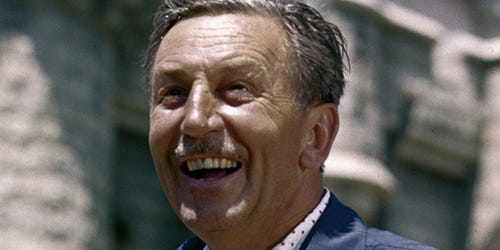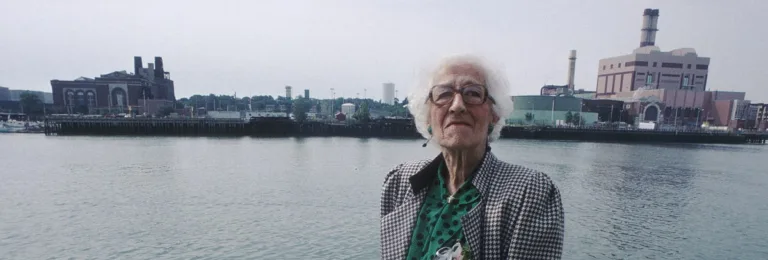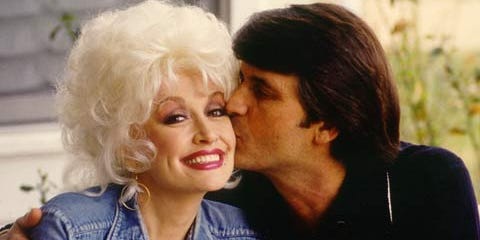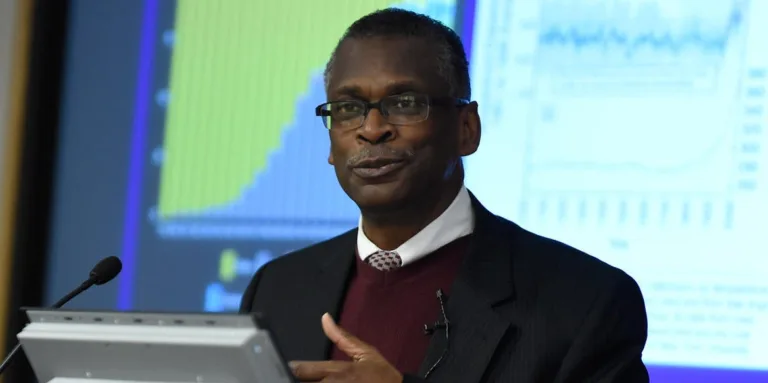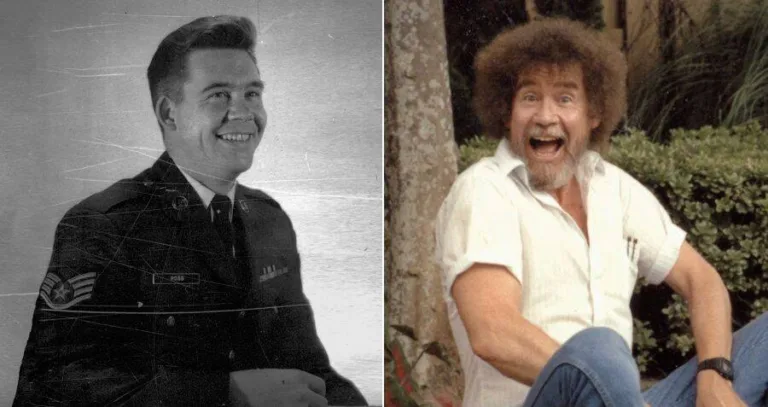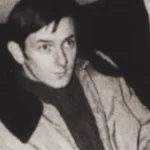Walt Disney, the visionary behind beloved characters like Mickey Mouse and theme parks that Transport Us To Magical Worlds, remains a cultural icon even decades After His Passing. His legacy continues to inspire generations of dreamers and storytellers. Yet, alongside the tales of his incredible achievements, there’s a persistent whisper – a rumor so captivating it refuses To Die.
This rumor centers around what happened to Walt Disney after his death in 1966. Some believe that he wasn’t laid to rest as tradition dictates, but instead, was cryogenically frozen, awaiting a future where science could Revive Him. This idea, while intriguing and seemingly out of a science fiction novel, Lacks Credible Evidence.
Let’s delve into the truth behind this enduring myth and separate fact From Fiction. We’ll explore the origins of the rumor, examine the available evidence, and shed light on how Walt Disney died and his actual final resting place.
Walt Disney’s Death and Cremation
The reality of Walt Disney’s passing is starkly different from the Cryogenic Myth. On December 15, 1966, at the age of 65, He Succumbed To Lung Cancer. The news sent shockwaves through the world, as millions mourned the loss of this creative genius who had brought so much joy to their lives.
His death certificate clearly states the Cause As Walt Disney’s cause of death, Lung Cancer. Following his passing, Disney was cremated in accordance with His Wishes. His ashes were interred at Forest Lawn Memorial Park in Glendale, California, a place known for its serene beauty and elaborate mausoleums.
This information is readily available through legal documents and confirmed by his daughter, Diane Disney Miller, who has consistently refuted the cryogenic rumors.
Debunking Cryogenic Rumors
So where did this persistent cryogenic rumor originate? It’s difficult to pinpoint its exact source, but several factors likely contributed to Its Spread. Some speculate that Disney’s fascination with the future and technological advancements fueled speculation about his interest in unconventional burial methods.
Biographies written after his death sometimes portrayed him as being preoccupied with death and immortality, further adding fuel to the fire. The public’s fascination with science fiction and the possibility of cryonic revival also played a role. It’s easy to imagine Disney, the man who brought dreams to life, wanting to transcend the limitations of mortality. However, Despite Its Widespread Appeal, there’s no credible evidence to support the is Walt Disney still alive claim. No official records, Personal Accounts, or eyewitness testimonies corroborate the cryogenic Freezing Theory.
The Origins of the Cryonics Myth
The cryogenic myth surrounding Walt Disney likely arose from a combination of factors. His visionary nature and fascination with the future, as seen in his creation of futuristic worlds like Tomorrowland at Disneyland, fueled speculation about his interest in Pushing Boundaries Even Beyond Death.
 How Old Is Zaya Wade: A Transgender Advocates Journey
How Old Is Zaya Wade: A Transgender Advocates JourneySome believe that an article published Shortly After His Death, mentioning his interest in “Future Science,” inadvertently sparked the rumor. Others point to his close association with Dr. James Van Praagh, a pioneer in cryonics research, As Further Evidence. However, it’s important to note that this connection doesn’t necessarily imply Disney’s personal involvement or commitment to cryogenic preservation.
The lack of concrete evidence and the allure of a sensational story likely contributed to the myth’s Persistence Through Decades. The public’s fascination with science fiction and the possibility of reviving the dead provided fertile ground for the rumor to take root and flourish.
Cryonics: A Real Practice for Future Revival
While the idea of cryogenically freezing Walt Disney remains a captivating tale, it’s important to remember that cryonics is a real practice with companies offering deep-freeze preservation for individuals who hope to be revived in the future When Medical Technology Advances.
These companies use liquid nitrogen to maintain the body at extremely low temperatures, theoretically preserving its cellular structure until a time when resuscitation becomes possible. Proponents of cryonics believe that future advancements in medicine and nanotechnology could repair any damage caused by freezing and bring individuals back to life.
However, the ethical and scientific implications of cryonics are still widely debated. Critics argue that it’s currently unfeasible to revive frozen bodies and that the process raises serious moral questions about the definition of death and the potential for exploitation.
A Legacy of Innovation and Speculation
Walt Disney’s legacy is undeniably intertwined with innovation and imagination. He pushed creative boundaries, Brought Beloved Characters To Life, and created immersive worlds that continue To Enchant Generations. It’s perhaps this spirit of pushing boundaries that has fueled the enduring fascination with what did Walt Disney die from and the cryogenic myth surrounding his death.
The rumor, While Ultimately Unfounded, serves as a testament to Disney’s lasting impact on popular culture. It reflects our desire to believe in extraordinary possibilities and our fascination with the unknown. While we may never know for sure what truly happened after his passing, One Thing Remains Certain: Walt Disney’s legacy of creativity and innovation continues to inspire and captivate audiences worldwide.
More for curious minds
Unlock extra content and exclusive deals tailored to your interests.

